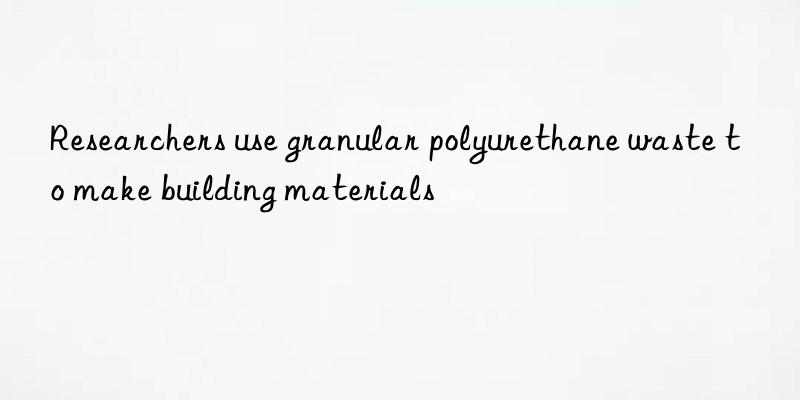
Scientists at the Ecole Supérieure d’Etudes Architecturales Supérieure (ESITC) in Paris are studying the potential of using polyurethane waste in the construction industry. The idea is to use industrially processed polyurethane waste in pellet form as a substitute for sand in various civil construction projects, such as for load-bearing and non-load-bearing walls and screed courses.
They added varying amounts of granular material to the cement-based mortar. If added at 10% (by weight), the pellets significantly reduced processability and mechanical strength at both 2 and 7 days. However, at 5% by weight, the performance is better in terms of processability and early mechanical strength.
They also conducted experiments with varying doses of superplasticizer, presaturated pellets, water and addition of limestone to a mixture containing 5% (by weight) polyurethane waste pellets. They found that optimal performance was achieved when adding 1.5% (by weight) of superplasticizer.
After 28 days, compared with the standard mortar, the mechanical strength of the mortar with 5% polyurethane waste particles and 1.5% superplasticizer was reduced from 55 MPa to 32MPa, and the flexural strength was reduced from 9 MPa is reduced to 6MPa. Shrinkage also increased. The dry density dropped by 9% and the thermal conductivity dropped by 10%.



 微信扫一扫打赏
微信扫一扫打赏
